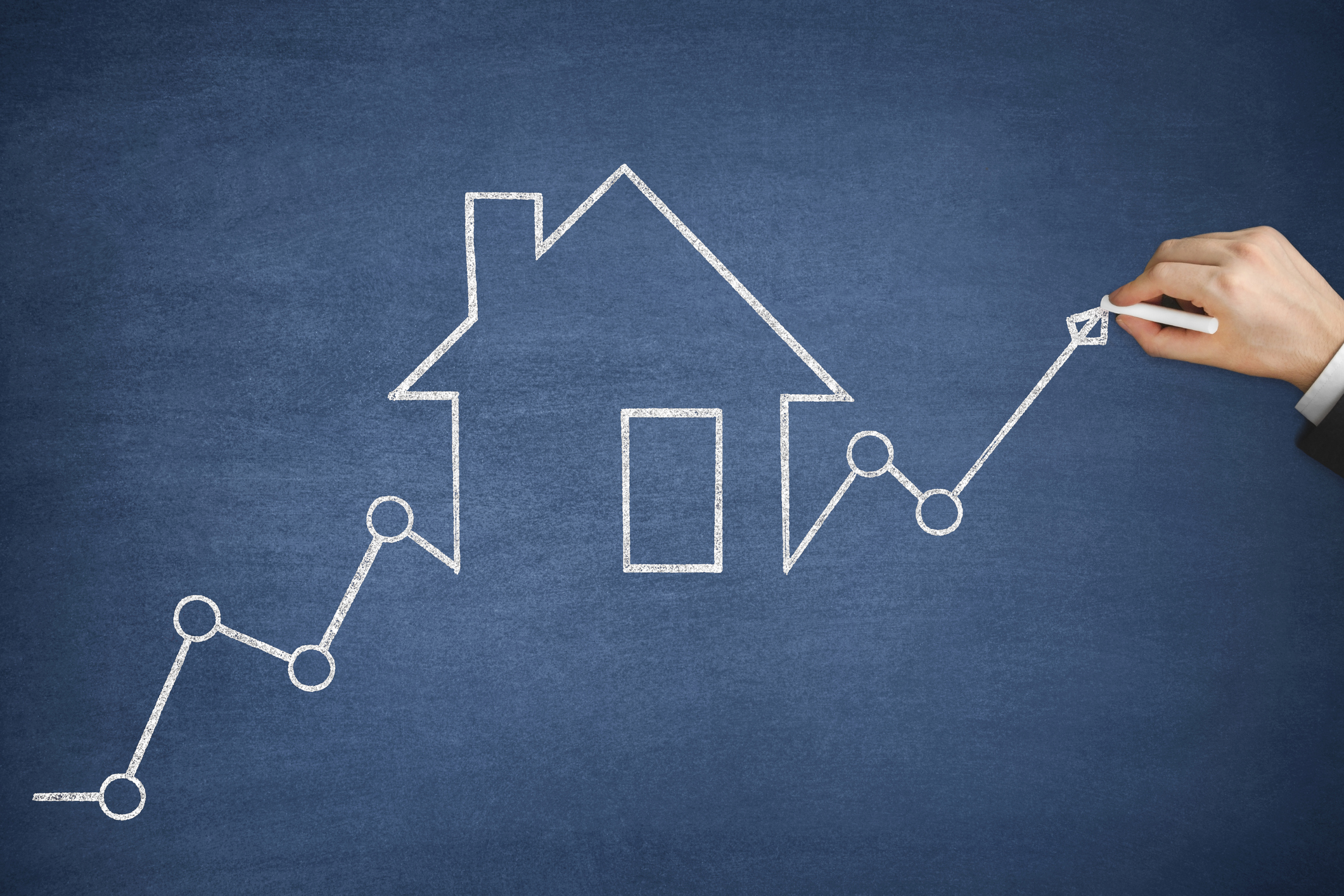What Are Housing Busts and Booms (And How Do They Impact Property Development)?
Busts and booms are essential cycles of any economic growth. But how much can their shift affect housing markets globally? Read this article to find out.
Nations around the world, including Australia, put a lot of focus and energy into the housing market, and it’s for a good reason. Many property investors earn vast amounts of money on the side from rising house prices. In fact, they often make as much from it as they do from their regular jobs.
But the thing with the housing market is that prices don’t go up all the time. They have the tendency to fall occasionally, causing serious implications for many people.
That said, interest rates are an important factor that affects housing prices. The more borrowing costs rise, the more people need to sell their properties, leading to a market crash.
Needless to say, the ups and downs in the housing market have a long-reaching impact on the industry.
This article explains what the busts and booms in this market are and how they impact property development.
How Boom and Bust Cycles Function
The alternating process of economic growth and decline can best be explained through the bust and boom cycles. This is an inevitable process in every economic growth. And for this reason, it’s essential to understand how these two cycles function and what causes them.
There are four phases inside the boom-and-bust cycle, and they collide with the same phases of a business cycle:
- The “Boom” phase correlates to the “Expansion” phase in business.
- “End of Boom” correlates to the “Peak” phase in business.
- The “Bust” phase corresponds to “Contraction” in business.
- “End of Bust” is much like the “Trough” phase in business.
Here’s an overview of each boom-and-bust phase and what it represents.
Boom
The boom phase follows positive economic growth. A 2-3% yearly growth can keep this phase active for years. This stage results in rising housing prices, low unemployment, a bull market, and wage growth.
The main reason why this phase crashes is due to economic overheating.
When liquidity overtakes the money supply, it can cause inflation. And the more the prices go up, the more investors become overly exuberant.
Once the media starts telling stories of the never-ending expansion, it’s a clear sign of the boom phase approaching its ending. By this point, everyone in the circle makes money from it.
Peak
The peak phase represents the end of the boom phase. At this point, the economic growth stops.
Bust
The bust is very much like the contraction phase in business. It can get nasty and savage, but thankfully it’s relatively short.
The housing market remains in this phase for an average of 11 months. Some features of the bust phase include contracting of the economy, a 7% (or higher) unemployment rate, and a diminished value of investments.
A bust phase that continues for more than three months is considered a recession. And a common cause of recession is the stock market crash. The more stock prices go down, the more people lose confidence in an economy’s strength.
Naturally, investors who lack confidence pull out the investments, reducing the amount of purchasing, investing, and hiring.
Trough
In the trough phase, the economy starts to expand again.
The Impact of Bust and Boom Cycles
The abovementioned cycles happen in the housing market repeatedly. And they leave huge consequences for the industry.
Let’s look at some historical examples in the world to better understand their impact.

The Economic Cycle
The Economic Cycle started in the 1970s and is still ongoing today in the UK and many other countries.
When Margaret Thatcher became prime minister of the UK in 1979, the inflation rate reached 25%. Just for comparison’s sake, in January 2020, the UK’s inflation rate was 1.8%.
At that time, Thatcher was seeking to reduce inflation by skyrocketing the interest rate to 17% (170 times more than the rate in March 2020). Inflation did go down as a result, but the housing market prices suffered from the recession.
Interest rates that high implied that mortgage repayments were skyrocketing. Many people couldn’t keep up with this model, resulting in repossession, forced sales, and properties where their prices were forced to go down.
But a few years later, in 1982, the prices started rising again.
Now, the reasons for the inflation going down are debatable. While some economists connect it to the politics of the PM, others say it’s the result of a global economic trend.
Regardless of the cause, the housing market has suffered significant consequences.
Black Wednesday
Black Wednesday is yet another major twist in the UK that occurred on September 16, 1992.
The pound sterling collapse forced the government to withdraw the pound from the European Exchange Rate Mechanism. As a result, the politicians tried increasing interest rates to invite speculators and keep prices from dropping. But their efforts were in vain.
This didn’t have a significant impact on the housing market as the prices already went up starting from 1982. The housing market in the UK began to boom until it hit a new financial crisis.
The Global Financial Crisis
The Global Financial Crisis began as the U.S. subprime mortgage market burst in 2007.
Even though the Australian housing industry didn’t collapse like the one in the U.S. or UK, some consequences were still felt. There was a sudden fall in housing supply, leading to an increased failure of businesses across the Australian housing industry.
In the UK, for example, the crisis impacted the whole market. There were stricter lending criteria, so very few people could secure mortgages to purchase houses. This led to a decreased demand for new housing, affecting many developers and making it more challenging to find credit for project funding.
The Busts and Booms of the Housing Market
The busts and booms of the housing market aren’t a new occurrence. Quite the opposite – they’re essential cycles of every economic growth. They’re interdependent up to the point where booms wouldn’t be possible without occasional busts.
Knowing the phases of each cycle and how it translates to the world housing market can help you make better decisions as a property developer or investor.
But if you need help, you’re not alone.
Use Archistar to gain a competitive advantage in today’s property market and in all your property development research. Make an informed decision with access to Australia’s most comprehensive zoning and planning database on a single fast, high-fidelity map. Discover your next profitable site and find out what you can do with a site in only a matter of minutes.
Get started for free: [https://www.archistar.ai/]

